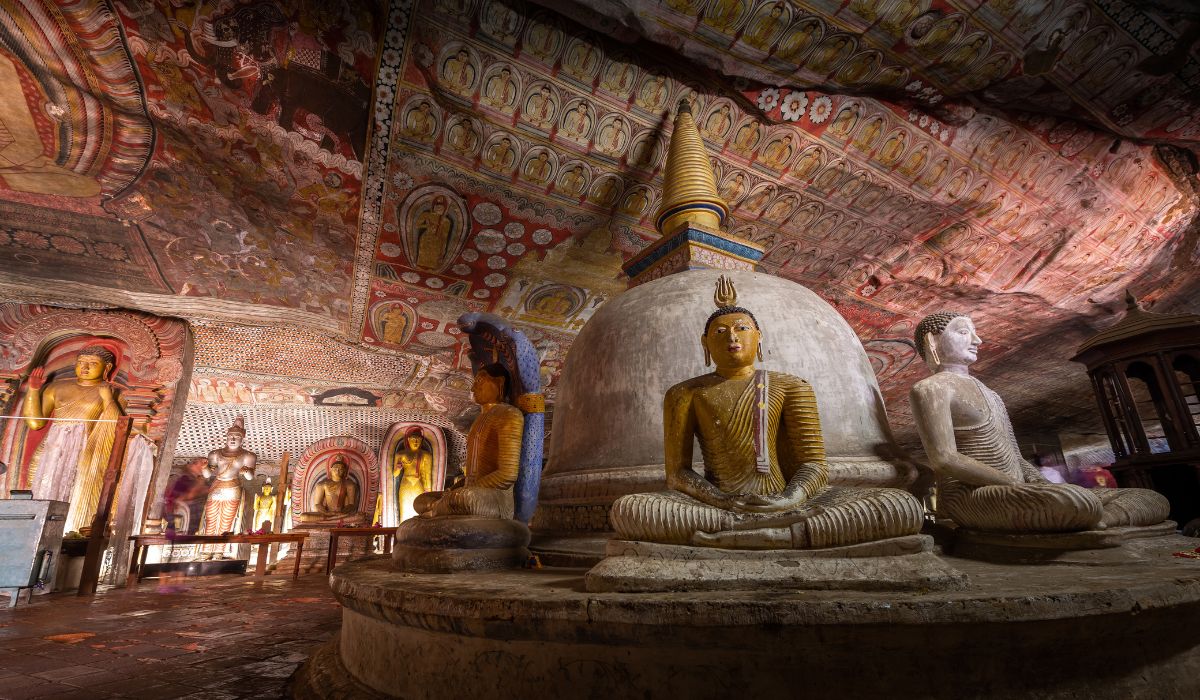EXPLORING SRI LANKA’S UNESCO WORLD HERITAGE SITES

Sri Lanka is home to eight UNESCO-recognized World Heritage Sites, each offering a unique window into the island’s diverse history, spirituality, and natural beauty. At Sigiriya, the ancient rock fortress towers 200 meters above the surrounding plains. Beyond its striking frescoes and mirrored facade, travelers can explore the vast water garden system—a marvel of hydraulic engineering dating to the 5th century—along with royal chambers and remarkable lion paws carved into stone.
Anuradhapura, Sri Lanka’s earliest major city, brims with archaeological treasures: towering stupas like the Ruwanwelisaya, serene monastic ruins, and the revered Sri Maha Bodhi tree, believed to descend from the original Bodhi tree under which Buddha attained enlightenment. Polonnaruwa, the island’s medieval capital, features an impressive assembly of stone statues, including the Gal Vihara’s lifelike Buddha images, the ancient Royal Palace, and exquisitely crafted pillars.
Dambulla Cave Temple is Sri Lanka’s largest cave temple complex—five caves adorned with over 150 Buddha statues and vivid murals spanning over two millennia. In the cooler climate of the central hills, Kandy’s Temple of the Tooth Relic houses a sacred Buddhist relic and hosts the spectacular Esala Perahera procession—an annual, colorful festival of dancers, drummers, and caparisoned elephants.
Along the southern shore, Galle Fort reveals remnants of colonial life—from Dutch-era churches and British-era mansions to a functional lighthouse overlooking the sea. Nature’s highlight, Sinharaja Forest Reserve, is a tropical lowland rainforest rich with endemic species, while the Central Highlands encompasses verdant peaks, tea estates, and cloud forests—critical habitats that are both ecologically vital and visually breathtaking.

